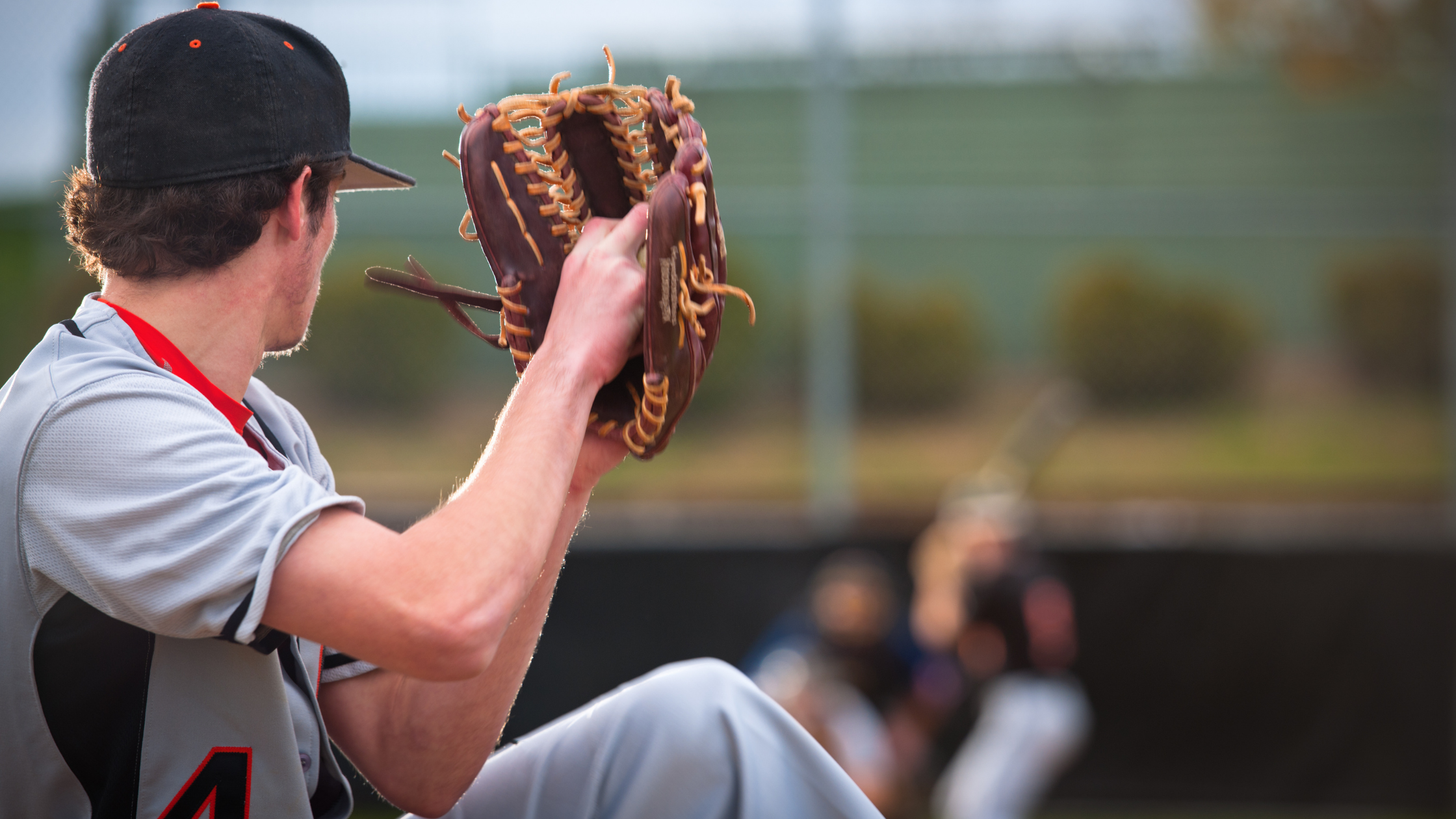
16 Jul Common Causes Of A Tommy John Injury
Ulnar collateral ligament (UCL) reconstruction, or Tommy John surgery, is performed to treat an injured elbow ligament. The procedure’s name stems from former Los Angeles Dodgers pitcher Tommy John, who was the first patient to ever receive this procedure in 1974. Injuries to the UCL not only occur in baseball players. These injuries have been linked to many other athletes, especially those playing sports or positions that require throwing. At New York Sports Medicine Institute, our team provides the highest quality sports medicine and orthopedic care. To learn more about the causes of a Tommy John injury, continue reading below.
What Are Tommy John Injuries?
The ulnar collateral ligament is located along the inner part of the elbow and connects the humerus and the ulna one in the forearm. Tommy John injuries develop from repetitive motions and stress on the UCL. Certain sports like baseball that require repetitive throwing and twisting arm motions can cause these injuries to occur. Tommy John injuries can also be caused by a fall on an outstretched hand. Pitchers are the most common players affected by this injury, but athletes that play other sports like tennis, gymnastics, softball, wrestling, and football can be susceptible to these injuries. Here are some Tommy John injury symptoms to look for:
- Instability or looseness in the elbow.
- Pain on the inside of the elbow.
- Stiffness when straightening the arm.
- Irritation with the ulnar nerve, causing tingling or numbness in the ring finger or pinky.
- Decreased ability to perform normal motions.
- Swelling on the inside of the elbow.
- Difficulty performing daily activities like driving, running, or lifting weights.
Tommy John Surgery
Before opting to treat your injury surgically, your doctor may recommend rehabilitation exercises and rest. Exercises can help improve your throwing technique, strength, and posture. Our team can recommend some anti-inflammatory medications to relieve pain. If conservative therapies fail to provide significant relief, surgery may be necessary. In some cases, an arthroscopic procedure can be performed to repair the ligament. During this procedure, an arthroscope is inserted into the elbow through a small incision. The arthroscope allows the doctor to see inside the ulnar collateral ligament and repair or remove any injured or dead tissue. A more involved procedure will require an open incision. Instead of repairing the damaged UCL, a tendon is taken from the hamstring, foot, or forearm to replace the UCL. The replacement tendon is then attached to the bones and held in place with screws or sutures.
The main concern many players have if they require this procedure is when they’ll return to play. A pitcher may need a year or more of rehabilitation before they are back in top shape. The rehabilitation period after Tommy John surgery is usually divided into three phases, and the duration of each phase depends on the nature of the surgery and the individual. These phases commonly include:
- Phase One – Following your procedure, the arm will be placed in a brace to stabilize itself. You will still be able to perform exercises for your shoulder, biceps, and hand, which is vital to prevent the muscles from atrophying.
- Phase Two – Around two weeks after surgery, the elbow joint can begin to move. Physical therapy can help improve your range of motion and strength. You will still need a brace on your arm when you are not using it, and you may rest your arm in a sling while it continues to heal.
- Phase Three – A month after your surgery, the elbow can be removed from the brace, and the arm should be able to extend fully. A few months later, you should be able to regain full range of motion in the elbow. Physical therapy during this time should include strengthening and flexibility exercises.
Contact Us
If you have been dealing with a Tommy John injury, our team at New York Sports Medicine Institute is here to help. Our orthopedic surgeon is well-versed in performing this procedure to help athletes regain their strength and get back on the field as quickly and safely as possible. Contact us today to schedule an appointment!

